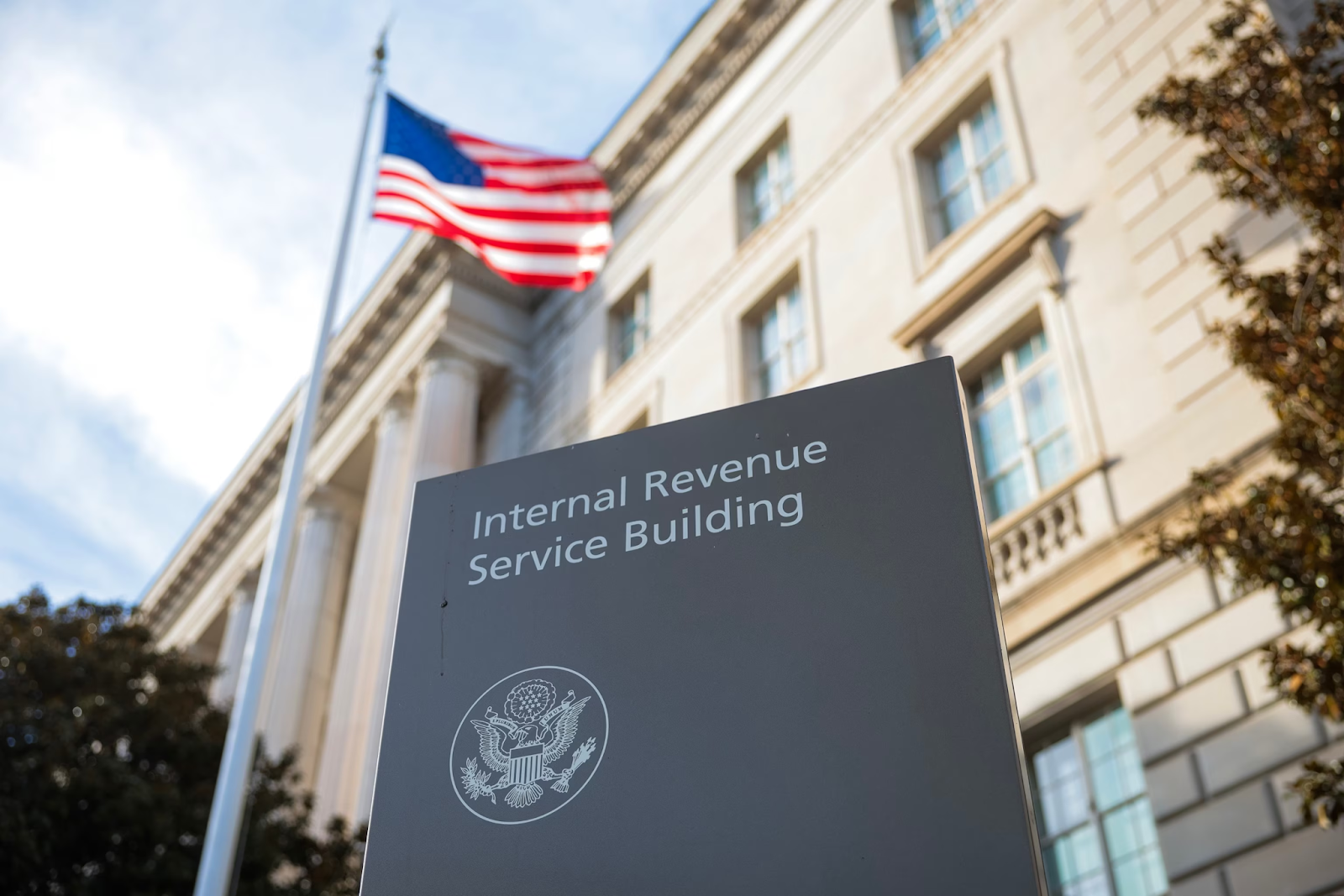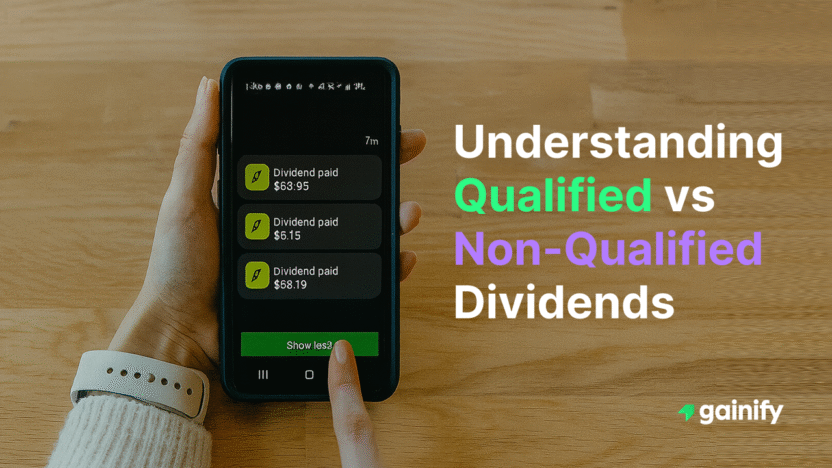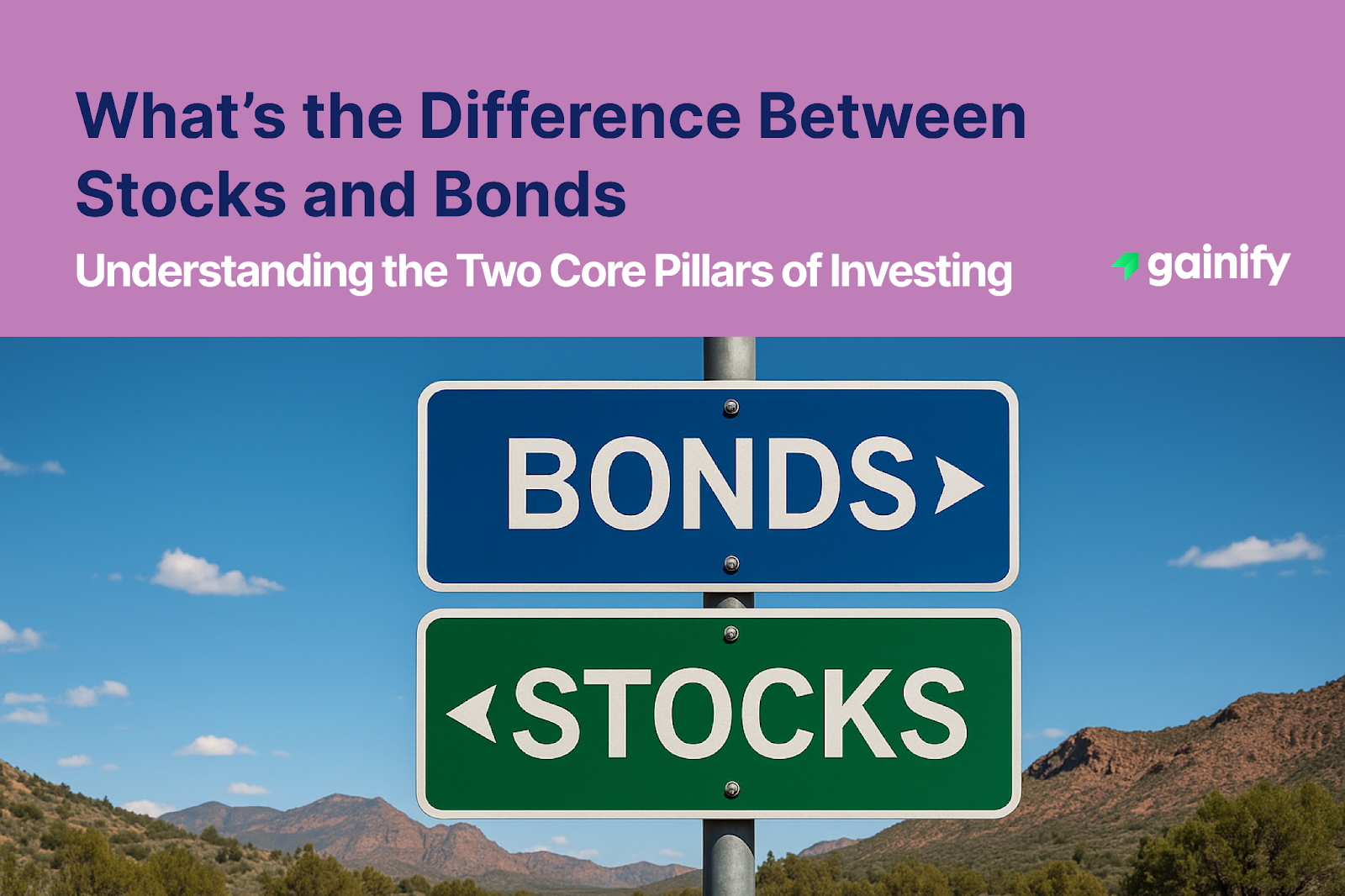Dividends are a cornerstone of portfolio income and a key driver of long-term cash flow. They provide investors with a reliable stream of returns beyond capital appreciation, but how those payments are taxed can significantly impact total performance.
Understanding the difference between qualified and non-qualified dividends is essential for maximizing after-tax cash flow. Qualified dividends benefit from lower long-term capital gains tax rates, while non-qualified dividends are taxed as ordinary income. This distinction can directly influence how much of your dividend income you keep each year.
In this guide, we outline how the IRS classifies dividend income, what determines whether a dividend qualifies for favorable tax treatment, and how thoughtful planning can turn dividend investing into a more efficient source of steady cash flow and compounding wealth.
Key Highlights
- Tax treatment counts: Qualified dividends are taxed at lower long-term capital gains rates, while non-qualified dividends face ordinary income rates.
- Eligibility rules apply: Dividends must meet IRS requirements on issuer, holding period, and type to receive favorable treatment.
- Smarter income planning: Focusing on qualified dividends can improve after-tax cash flow and support long-term wealth growth.
What are Qualified Dividends?
Qualified dividends are a type of dividend income that receive preferential tax treatment under U.S. tax law. They are taxed at the long-term capital gains rates of 0%, 15%, or 20%, depending on your taxable income and filing status. This favorable rate allows investors to keep a larger share of their dividend income and strengthen overall cash flow.
To qualify for this treatment, a dividend must meet three IRS requirements:
- Eligible Issuer: The dividend must be paid by a U.S. corporation or a qualified foreign corporation. A foreign corporation is considered qualified if its stock trades on a U.S. exchange or if it is incorporated in a country with an income tax treaty with the United States. Dividends distributed by most mutual funds and ETFs can also qualify if their underlying holdings meet these standards.
- Holding Period: The investor must have held the stock for more than 60 days during the 121-day period that begins 60 days before the ex-dividend date. For preferred stock, the holding period is more than 90 days during a 181-day period that begins 90 days before the ex-dividend date.
- Not Excluded by Rule: Certain dividends are not eligible for qualified status. These include dividends from REITs, money market funds, and tax-exempt organizations, as well as dividends paid on stock used for hedging or short sales.
When these conditions are met, dividend income is taxed at lower long-term capital gains rates instead of ordinary income rates. The result is a direct improvement in after-tax returns and portfolio cash flow for long-term investors.
What is the Difference Between Qualified and Non-Qualified Dividends?
The Internal Revenue Service (IRS) first categorizes most taxable dividends you receive as ordinary dividends. This is the amount typically reported in Box 1a of your IRS form 1099-DIV. This broad category then splits based on specific criteria, leading to the crucial tax distinction between qualified dividends and non-qualified dividends.

- Qualified Dividends: Within the umbrella of ordinary dividends, a portion may meet specific IRS requirements (primarily regarding the issuer and your holding period) to be classified as qualified dividends. These enjoy the lower long-term capital gains rate.
- Non-Qualified Dividends: Any part of your ordinary dividends that does not meet these requirements is considered a non-qualified dividend and is taxed at your regular marginal income tax rates. This includes dividends from sources specifically excluded or dividends from stocks where the holding period was not met, potentially being subject to an investor’s ordinary marginal income tax rates.
Understanding this difference is crucial for tax efficiency in your investment strategy. For instance, if you are in a high ordinary income tax bracket, receiving a qualified dividend instead of a non-qualified dividend could save you a significant percentage of that income in taxes.
Here’s a simplified comparison:
Feature | Qualified Dividends | Non-Qualified Dividends |
Tax Rate | Lower long-term capital gains rate (0%, 15%, 20%) | Investor’s regular marginal income tax rates |
Holding Period | Required (e.g., >60 days during 121-day window) | Holding period not met, or dividend type is excluded |
Issuing Company | Domestic corporations or qualified foreign companies | Any dividend not meeting qualified issuer/holding criteria |
Tax Form Reporting | Reported in IRS form 1099-DIV Box 1b (within Box 1a) | Reported in IRS form 1099-DIV Box 1a (portion not in Box 1b) |
Impact on Investor | Taxed at higher rates, potentially reducing net return |
For a long-term investor focused on maximizing post-tax income from their investment portfolio, choosing investment products that consistently pay qualified dividends can be a core component of their financial planning. This strategic approach, often advised by a financial planner or financial professional, can lead to greater long-term gains and help achieve specific financial needs or investment goals.
What are Non-Qualified Dividends? The Standard Tax Treatment
Non-qualified dividends are, simply put, the portion of your ordinary dividends that do not meet the specific IRS criteria for qualified dividends. As such, they are subject to an investor’s ordinary marginal income tax rates, aligning with how most other forms of income are taxed.
This category includes dividends that might come from an otherwise eligible corporation but where the holding period requirement was not met by the investor. It also explicitly includes dividends from certain types of entities that are designed to pass through income differently for tax purposes. The board of directors of a company declares dividends, but their tax treatment depends on these IRS rules.
Common examples of dividends that are typically non-qualified include:
- Dividends from REITs (Real Estate Investment Trusts): Specifically, REIT dividends are generally reported on Form 1099-DIV and are typically taxed as ordinary income, though some components may be classified as capital gains or return of capital.
- Dividends from Money Market Accounts or Funds: These are primarily interest dividends and are always taxed at ordinary rates.
- Payouts or distributions from Employee Stock Option Plans (ESOPs): These generally fall under ordinary income.
- Dividends paid on stock held for a short period: If the holding period is not met, the dividend becomes non-qualified.
- Payments in lieu of dividends: This can occur in certain short sales or other complex trading strategies where the recipient did not actually own the underlying stock during the dividend period.
Understanding non-qualified dividends is important because they can significantly affect your tax liability, especially if you are in a higher income tax bracket. A financial professional or tax expert can help you understand the specific implications for your personal finances and investment return during tax filing.
A Different Perspective: Beyond Just Tax Rates
While the tax advantages of qualified dividends are clear, it is important for a discerning investor to consider a broader perspective. Focusing solely on a dividend’s tax classification might inadvertently lead to suboptimal investment decisions if other critical factors are overlooked. Some argue that prioritizing a dividend’s tax status above all else can narrow your universe of potential investment products and obscure more fundamental aspects of a company’s health and growth potential.
For instance, a company paying non-qualified dividends might be reinvesting more of its earnings back into the business, leading to higher long-term share price appreciation, which can ultimately be more valuable than the tax savings on a smaller qualified dividend. Alternatively, an ETF (exchange-traded fund) or mutual fund focused on high-growth foreign companies (whose dividends might not meet all qualified dividend criteria) could offer superior overall investment return due to strong global growth or unique sector exposure, outweighing the tax disadvantage in a taxable account. This perspective suggests that while tax efficiency is a component of good financial planning, it should not be the sole driver of an investment strategy.
The core principle for long-term investors should always be to seek strong, fundamentally sound companies that align with their investment goals and risk appetite, regardless of the immediate dividend tax treatment. A financial professional would typically emphasize that a diversified portfolio designed for overall growth and income is superior to one narrowly constructed only for qualified dividend income if it compromises on underlying quality or future appreciation potential. What matters most is the total investment return after taxes and inflation, which encompasses both dividends and capital gains.
Frequently Asked Questions about Dividends
What are qualified dividends?
Qualified dividends are payments from eligible U.S. or qualified foreign companies that meet specific holding period requirements and are taxed at lower long-term capital gains rate. They are a subset of ordinary dividends.
What is the main difference between qualified and non-qualified dividends?
The main difference is their tax treatment: qualified dividends are taxed at lower long-term capital gains rate, while non-qualified dividends (which are also a type of ordinary dividend) are taxed at your regular marginal income tax rates.
Are dividends from index funds always qualified?
Dividends from index funds or mutual funds (classified as Regulated investment companies) can be a mix of qualified and non-qualified dividends, depending on the underlying corporate stocks held and how long the fund held those stocks. Your brokerage will report the breakdown on your IRS form 1099-DIV.
What is the holding period for qualified dividends?
For common corporate stocks, you must hold the stock for more than 60 days during the 121-day period that begins 60 days before the ex-dividend date (the record date). For preferred stock, it’s more than 90 days during a 181-day period.
Why would a company pay non-qualified dividends?
A company doesn’t “choose” to pay non-qualified dividends; rather, the dividend simply does not meet the IRS criteria for being qualified. This often happens if the holding period is not met by the investor, or if the dividend comes from certain types of entities like equity REITs or money market mutual funds.
Do dividends contribute to capital gains?
Dividends are a form of income from an investment, separate from capital gains, which are profits from selling an asset for more than its purchase price. However, qualified dividends are taxed at the same favorable long-term capital gains rate. For tax filing, both are reported on Form 1040, with details often on Schedule D and Form 8949.
Maximizing Your Dividend Income: A Strategic Approach
Understanding what are qualified dividends and their distinctions from non-qualified dividends within the broader category of ordinary dividends is a powerful tool in your investment strategy. By being aware of the tax implications, you can optimize your investment return and accelerate your journey towards long-term gains and consistent cash flow.
Key Takeaways:
- Tax Advantage: Qualified dividends are taxed at long-term capital gains rates, offering significant savings compared to non-qualified dividends.
- Know the Rules: Meeting the holding period and issuer requirements (like being from domestic corporations or qualified foreign companies on the U.S. securities market) is crucial for a dividend to qualify.
- Ordinary is Broad: All taxable dividends are initially ordinary dividends; only a subset of these will be qualified.
- Impact on Planning: Differentiating dividend types is vital for effective financial planning and tax efficiency in your taxable account.
- Balance is Key: While tax benefits are important, always prioritize fundamentally sound investment products that align with your overall investment goals and risk appetite. Consider a dividend reinvestment plan to leverage compound interest.
- Check Your 1099-DIV: Your brokerage will provide the necessary breakdown of dividend types for tax purposes, essential for accurate tax filing on Form 1040.
Remember, every investment decision should be part of a comprehensive financial plan. As seasoned financial professionals consistently emphasize, knowledge empowers smarter choices. By mastering the nuances of dividend taxation, you are better equipped to navigate the financial markets and maximize the income generated from your diversified portfolio.




